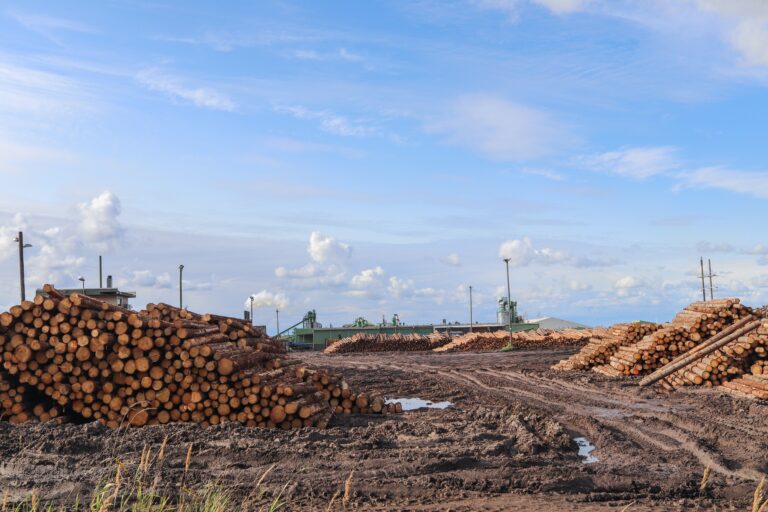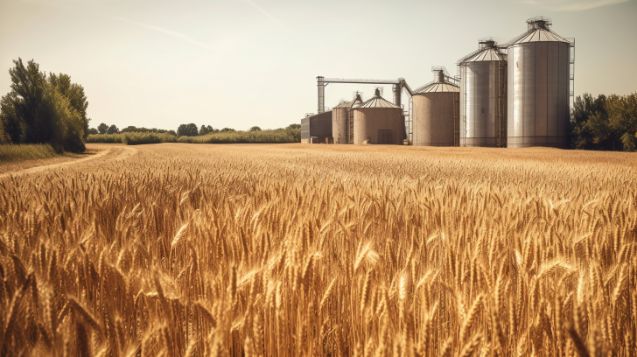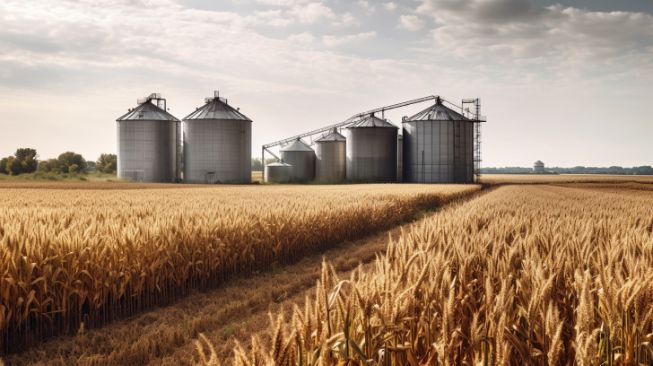What is Bioenergy and How Does It Work?
Biomass is a promising source of sustainable energy, derived from organic materials such as woody biomass, agricultural residues, aquatic biomass, and municipal solid waste. Each type offers unique advantages and challenges, from the renewable nature of woody and aquatic biomass to the waste-reducing potential of utilizing municipal solid waste. However, considerations such as the cost of production, environmental impacts, and competition for land use must be carefully weighed. Embracing biomass as a bioenergy source can contribute significantly to a greener, more sustainable energy future, provided it is managed responsibly and efficiently.
Table of Contents
The word “bioenergy” refers to energy produced from biomass, which is organic materials such as plants, wood, and farming waste. Bioenergy is becoming increasingly essential in today’s world as a renewable energy source that can help decrease greenhouse gas pollution and reliance on fossil fuels. Bioenergy can be used to generate electricity, heat homes, and power vehicles. In this book, we will look at the significance of bioenergy and how it can help to create a more healthy future.
What is Bioenergy?
Bioenergy is defined as energy obtained from organic materials, such as vegetation and creatures. It is a sustainable energy source that can be used to fuel a variety of uses such as transportation, heating, and electricity production. Bioenergy is available in a variety of forms, including biodiesel, biopower, and methane.

Biofuels are liquid or gaseous energy derived from biomass, which includes cereals, timber, and refuse. They can be used in transit and heating uses to replace fossil fuels. Biopower, on the other hand, is energy produced from biomass via combustion or other processes. Biogas is a gas mixture, mainly methane, formed by the decomposition of organic materials in the lack of oxygen.
Bioenergy comes from a variety of sources, including biomass, refuse, and vegetables. Wood, farming residues, and city solid debris are all examples of biomass. Food refuse and effluent can also be used to generate biogas via anaerobic decomposition. Biofuels can be made from crops like maize and sugarcane.
One of the primary benefits of biomass over fossil fuels is that it is a sustainable energy source. In contrast to fossil fuels, which are limited and non-renewable, bioenergy can be created constantly from organic matter. Furthermore, bioenergy has a smaller carbon impact than fossil fuels because the CO2 released during combustion is countered by the CO2 absorbed by plants during their development. Bioenergy has the ability to decrease reliance on foreign oil while also opening up new economic possibilities in rural regions.
How Does Bioenergy Function?
Bioenergy is a sustainable energy source obtained from biomass, which is organic materials such as plants, wood, and farming refuse. The conversion of biomass to energy includes a number of methods, including combustion, gasification, and fermentation.

The most prevalent way of bioenergy generation is combustion, in which biomass is burned to create heat, which is then used to generate power. Gasification is the process of heating biomass in the presence of air to create a gas that can be used to generate energy or as a fuel for cars. Fermentation is the process of breaking down organic matter with microbes to create biogas, which can be used for heating or energy production.
Bioenergy generation methods include anaerobic digestion, pyrolysis, and hydrothermal liquefaction. Anaerobic digestion is the process of breaking down organic matter in the lack of air to generate biogas. Pyrolysis is the process of heating biomass in the lack of air to create bio-oil, gas, and char. Hydrothermal liquefaction is the process of burning material in water under high pressure to create a liquid fuel.
Using bioenergy has several advantages, including lowering greenhouse gas pollution and supporting ecological development. Bioenergy is a carbon-neutral energy source, which means that the carbon dioxide emitted during burning is countered by the carbon dioxide absorbed during biomass development. Furthermore, using bioenergy can decrease reliance on fossil fuels while also promoting local economic growth by generating employment in the biomass supply chain.
Challenges and Opportunities in the Bioenergy Industry
Several obstacles are impeding the bioenergy industry’s progress and development. Competition with food supply is one of the most significant obstacles. As the demand for biofuels grows, more land is being used for bioenergy products, reducing the amount of territory for food production. Food costs have risen as a consequence, negatively impacting the impoverished and vulnerable communities.
Land use disputes are another issue confronting the bioenergy business. Bioenergy crops necessitate vast areas of land, which can cause disputes with other land uses such as protection and leisure. This can have a detrimental effect on the ecosystem, such as deforestation and species loss.
Despite these obstacles, the bioenergy business offers numerous possibilities. The possibility for rural development and employment creation is one of the most important possibilities. Bioenergy production can generate new revenue sources for farms and rural areas, thereby alleviating destitution and improving livelihoods.
Policy and legislation are critical to the development of the bioenergy business. Governments can provide benefits for bioenergy output, such as tax credits and grants. They can also enact laws that encourage sustainable bioenergy production, such as standards for the use of sustainable feedstocks and biodiversity preservation.
Finally, while the bioenergy sector confronts a number of obstacles, it also offers substantial possibilities for regional growth and employment creation. Policy and regulation can play an important role in encouraging business development while ensuring that it is sustainable and has no detrimental effect on food supply or the ecosystem.
Conclusion
Finally, bioenergy has surfaced as a potential answer to climate change and the shift to a low-carbon economy. The main points of this piece have emphasized bioenergy’s ability to decrease greenhouse gas emissions, support sustainable development, and improve energy security.
Bioenergy is a sustainable energy source obtained from organic elements such as crops, forestry leftovers, and refuse products. It has a number of advantages, including reduced reliance on fossil fuels, the creation of new business possibilities, and the improvement of rural lives.
One of the most important benefits of bioenergy is its ability to decrease greenhouse gas pollution. We can greatly decrease our carbon footprint and alleviate the effects of climate change by substituting fossil fuels with bioenergy. Bioenergy can also aid in the resolution of other environmental issues, such as air pollution and garbage control.
Furthermore, bioenergy has the potential to play a critical part in supporting sustainable development. It has the potential to provide clean, affordable energy in rural regions where conventional energy sources may be rare or costly. Bioenergy can also generate new economic possibilities, especially in the farm and wood sectors, and help to alleviate poverty.
Finally, bioenergy has the potential to improve energy security by diversifying energy sources and decreasing reliance on foreign fossil fuels. In times of natural catastrophes or other emergencies, it can also provide a reliable supply of electricity.
Finally, biomass is an important component of the shift to a low-carbon economy. It has a number of advantages, including lowering greenhouse gas pollution, supporting healthy growth, and improving energy security. As we continue to confront climate change issues and the need to lower our carbon footprint, bioenergy will surely play an important role in shaping our energy future.







3 Comments